Super Sunday: Be a part of a caring community that gives back
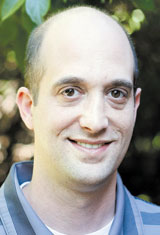 I believe it is important to think about what being Jewish means to all of us. When you think about that, whether you know it or not, you may think of the Jewish Federation of Greater Kansas City or one of the many programs it funds through its partner agencies.
I believe it is important to think about what being Jewish means to all of us. When you think about that, whether you know it or not, you may think of the Jewish Federation of Greater Kansas City or one of the many programs it funds through its partner agencies.
The Jewish Federation represents many different elements in our wonderful community. For many people, it is a collective organization that secures financial and social resources through philanthropic endeavors and initiatives. To others, it is a link to Israel or to Jewish communities throughout the world. Additionally, so many view the Jewish Federation as a caretaker — providing assistance for the most basic needs and ensuring that every member of our Jewish community gets the help they need, when they need it.
The Jewish Federation teams with partner agencies to identify and solve problems locally and meet the needs in our community. I have really found these strategies to be meaningful. A few that stand out for me are:
• Jewish Employment Services program, a joint program of Jewish Family Services and Jewish Vocational Service, which helps more than 50 Jewish clients each month search for employment (and places several people in new positions each month).
• The PJ Library program, where nearly 800 children, ages 6 months to 8 years, are Jewishly engaged in the comfort of their own homes with books and music.
• Subsidies to Jewish Family Services that make counseling and consultation affordable for nearly 250 clients per year.
• JFS’ Help@Home, which enables Jewish seniors to remain active and in their homes longer by providing handyman services, general chores, computer assistance, nutritional assessments and more.
These programs are just a few examples of our collective dollars in action!
Given how consumed we all tend to be in our busy lives, it’s easy to overlook the value these programs, and dozens of others, have in our Jewish community. The Jewish Federation’s annual giving campaign is what helps makes so much of this possible for our community, making an enormous difference in how our agencies are able to serve our community appropriately.
It’s important to recall that a large number of our fellow Jewish community members rely on the Jewish Federation for help and these needs continue to rise. Your gift to the annual campaign is essential and can help your friends, family members and neighbors who are in need today.
This year’s Super Sunday event is Feb. 3. It is the one day each year where thousands of Jewish Kansas Citians come together to proudly show their support of the Jewish Federation by making a pledge to monetarily support our Jewish community. It is a time of great pride for all of us as we continue to raise the bar on our campaign targets and goals. As I said before, the money raised by you, our community members, supports an array of programs — locally, in Israel and around the world.
Nearly 70 percent of the money we raise remains in Kansas City to sustain and enhance Jewish life. As you can see by the programs we fund, every gift makes a difference. Every donation you make and every hour you volunteer changes lives for the better, enabling our partner agencies to best serve our community, whatever the needs may be at any given time. Whatever may inspire or motivate you to make a difference likely connects you to a meaningful Jewish Federation program that will help make our community or the world a better place.
Super Sunday is an opportunity to be a part of a caring community that gives back. It is also an opportunity to foster and celebrate Jewish identity for future generations. Along with my Super Sunday Co-Chair Tracy Shafton, I ask you to get involved either by volunteering your time or making a meaningful donation.
Thank you, in advance, for engaging.
Neal Schwartz is co-chairing this year’s Super Sunday with Tracy Shafton.



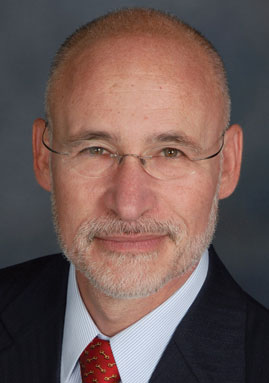 Tuesday, Jan. 22, was the anniversary of the Supreme Court decision, known as Roe v. Wade.
Tuesday, Jan. 22, was the anniversary of the Supreme Court decision, known as Roe v. Wade.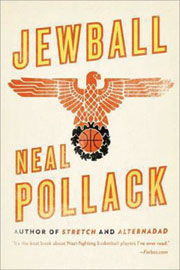 Author Neal Pollack has scored a slam dunk with his fast-paced novel “Jewball.”
Author Neal Pollack has scored a slam dunk with his fast-paced novel “Jewball.”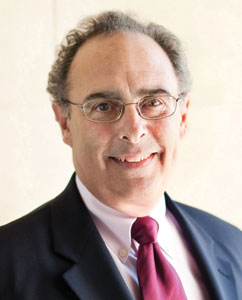 All of these arguments going on around me, arguments about whether we have the right to have guns, or whether guns kill people or people kill people, or whether gun control will save lives. And the arguments are hollow, devoid of the pathos of murder and death, empty of the moment between life and death, so empty of the blackness of staring into the oblivion, hearing the words, “I am sorry, but your child is dead.”
All of these arguments going on around me, arguments about whether we have the right to have guns, or whether guns kill people or people kill people, or whether gun control will save lives. And the arguments are hollow, devoid of the pathos of murder and death, empty of the moment between life and death, so empty of the blackness of staring into the oblivion, hearing the words, “I am sorry, but your child is dead.” Going to the United States Holocaust Memorial Museum, even for only two days, was the most powerful trip we have ever taken. As soon as we stepped off the plane and put our bags in our hotel room we went straight to the Holocaust Museum, which was a very moving and unique experience. Just being in the museum before looking at any of the exhibits gave us a very unsettling feeling. The way the museum was built was purposeful and evoked a keen sense of sadness. Uneven stairwells, exposed ducts and little view to the outside from the museum were all design elements intended to make you feel as if you were in World War II era train station.
Going to the United States Holocaust Memorial Museum, even for only two days, was the most powerful trip we have ever taken. As soon as we stepped off the plane and put our bags in our hotel room we went straight to the Holocaust Museum, which was a very moving and unique experience. Just being in the museum before looking at any of the exhibits gave us a very unsettling feeling. The way the museum was built was purposeful and evoked a keen sense of sadness. Uneven stairwells, exposed ducts and little view to the outside from the museum were all design elements intended to make you feel as if you were in World War II era train station.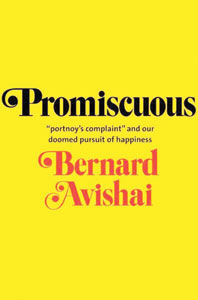 “Promiscuous: ‘Portnoy’s Complaint’ and Our Doomed Pursuit of Happiness,” by Bernard Avishai. (Yale University Press, 2012)
“Promiscuous: ‘Portnoy’s Complaint’ and Our Doomed Pursuit of Happiness,” by Bernard Avishai. (Yale University Press, 2012) I was 15 years old in 1991. My dad had just come out of the closet, left my mom and moved into his own apartment. Our family was stunned at his revelation and we fell apart. Books were my best friends then, and still are. So I did the only thing I knew how to do: I went to the bookstore to get some help.
I was 15 years old in 1991. My dad had just come out of the closet, left my mom and moved into his own apartment. Our family was stunned at his revelation and we fell apart. Books were my best friends then, and still are. So I did the only thing I knew how to do: I went to the bookstore to get some help.